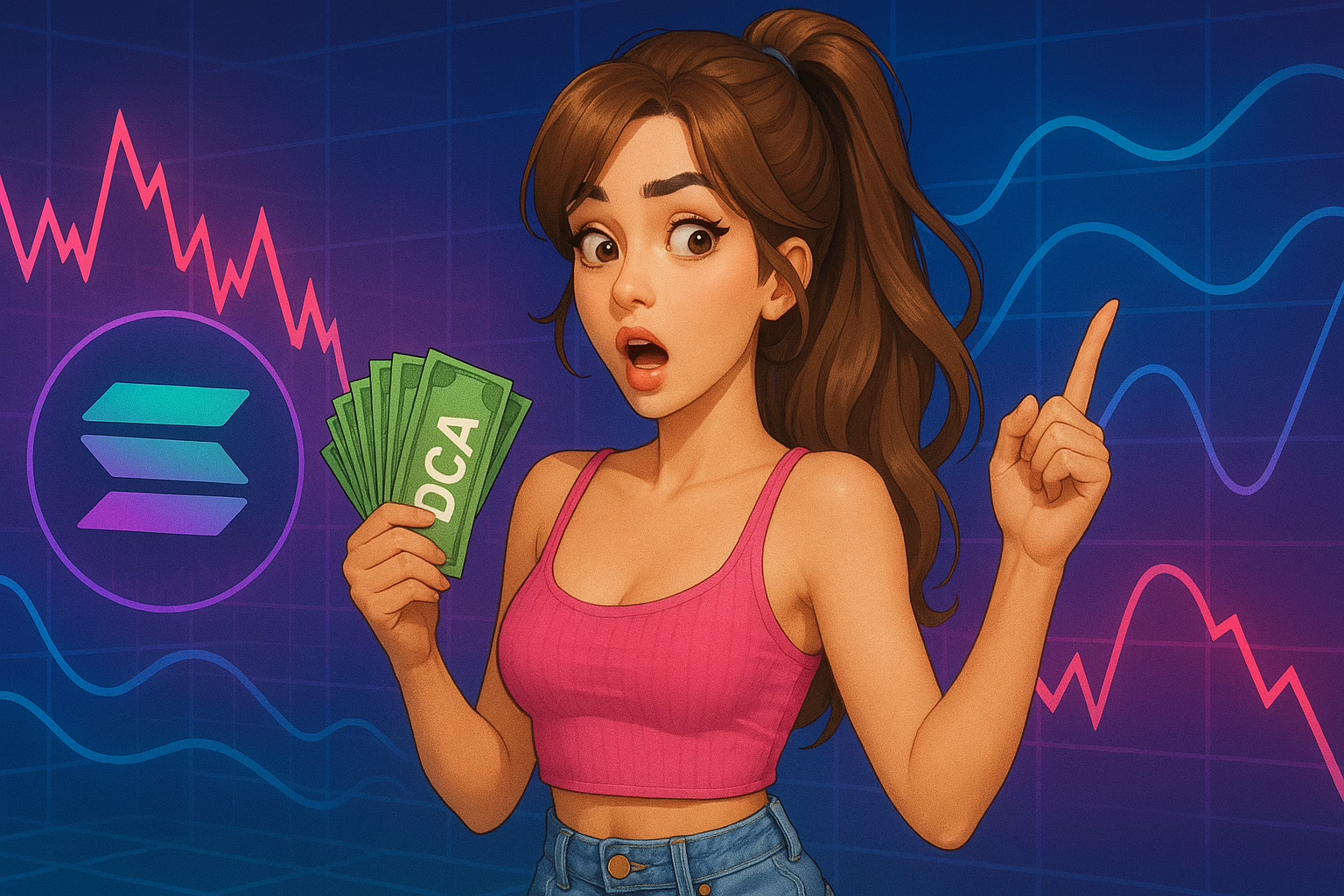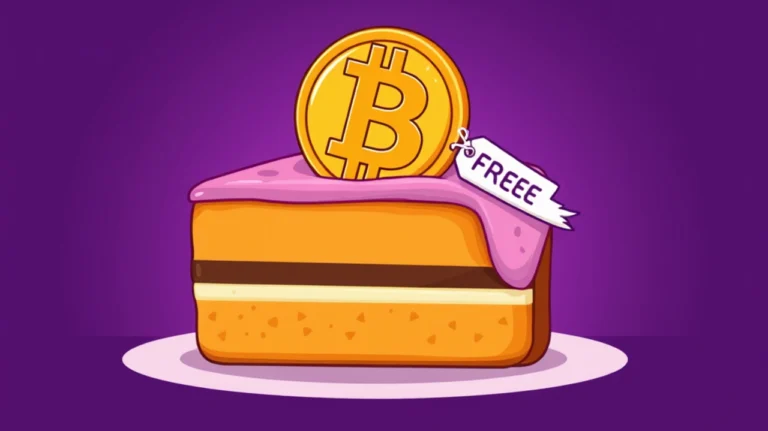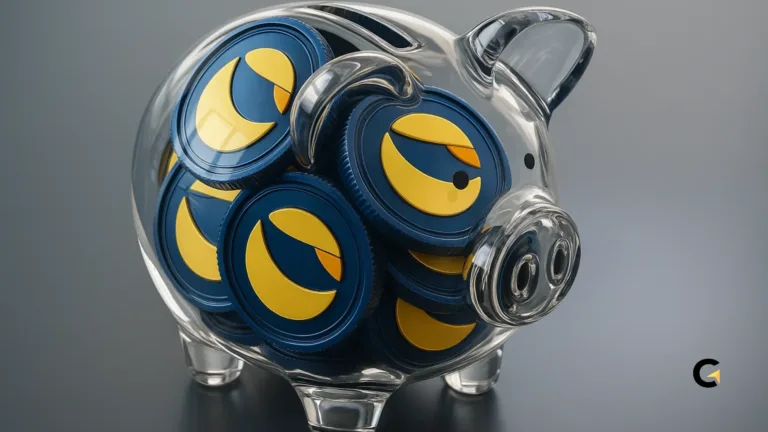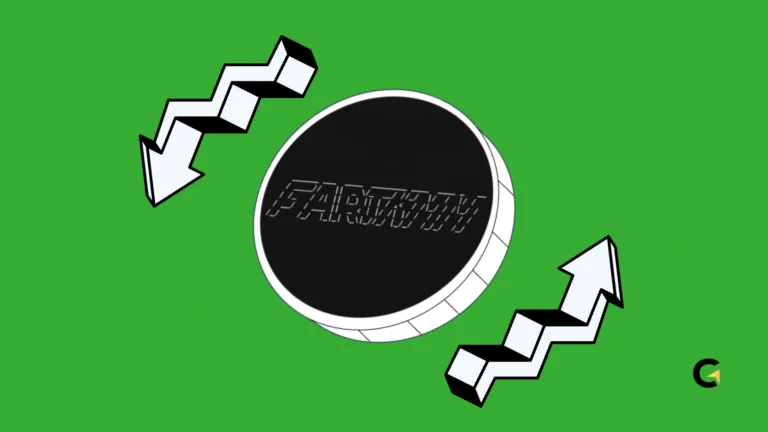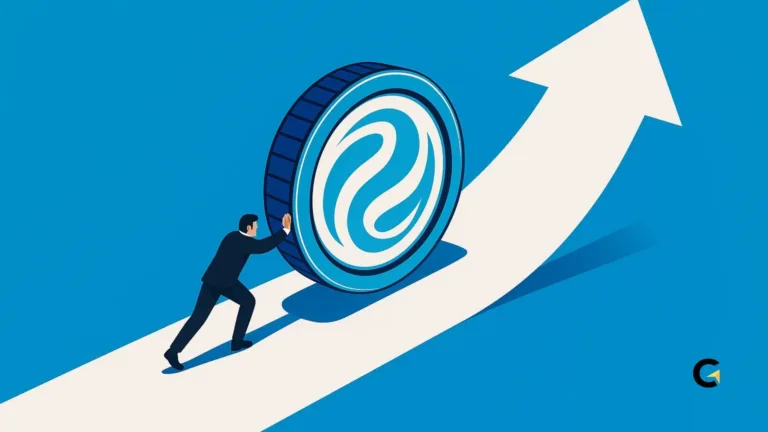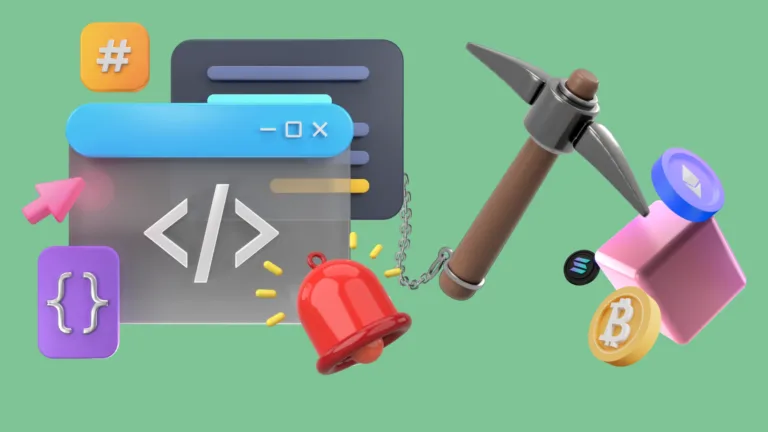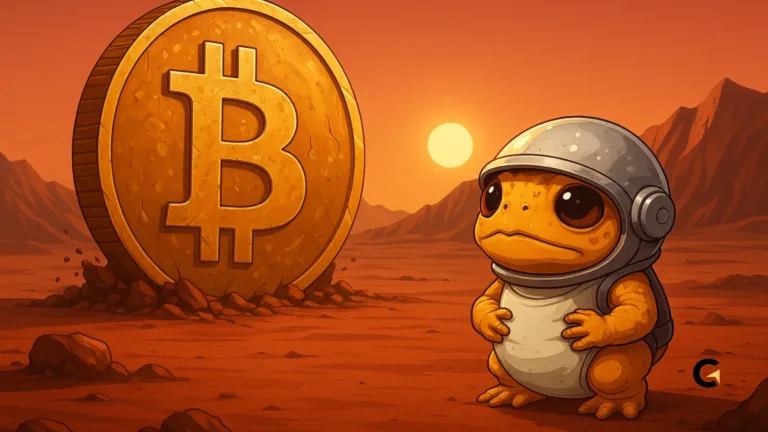10 DCA Strategies for When Solana’s Price Is Volatile
Let’s be real—crypto is a roller coaster, and Solana (SOL) is one of the wildest rides. In just a few hours, the price can skyrocket like a jet and then crash just as fast.
If you’re in it for the long run, this kind of volatility can seriously mess with your head every time you open your portfolio app.
But guess what? Inside that chaos lies opportunity—a golden chance to scoop up SOL at discount prices.
And if you’re someone who hates playing guessing games with timing the market, this is where Dollar-Cost Averaging (DCA) comes in hot.
Quick Facts You Need to Know
Hide-
DCA spreads your risk and lowers your average buy-in.
-
You can tailor your DCA style with variations like frequency shifts, value averaging, staking, and automation.
-
Rebalancing and automation help you stay disciplined and manage your allocation smartly.
-
Combining DCA with staking boosts long-term rewards while you keep stacking SOL.
-
Regular portfolio reviews help you stay aligned with your goals and adapt to market changes.
It’s a simple but powerful strategy that helps you build a solid stack of SOL—no fortune telling required.
What Is DCA, and Why Is It Perfect for Solana?
Dollar-Cost Averaging (DCA) is when you invest a fixed amount of money into an asset (like Solana) on a regular schedule, no matter what the price is doing.
Say you’re buying $30 worth of SOL every week—doesn’t matter if SOL is pumping or dumping, you just keep buying.
The goal isn’t to buy at the lowest price, it’s to build a consistent investing habit.
Now why is SOL great for this? Simple: low fees and fast transactions. That means you won’t lose much to gas or slippage, which is ideal when you’re buying repeatedly.
SOL’s network makes DCA smoother and cheaper than with other high-fee cryptos.
Strategy 1: Classic DCA—Buy on Schedule, Rain or Shine
This one’s basic, but don’t sleep on it. Just:
-
Pick your interval (daily, weekly, monthly)
-
Set a fixed amount (ex: $50 every week)
-
Execute manually or set it on autopilot
What makes this powerful is the discipline. When the price drops, you get more SOL. When it goes up, you get less. Over time, this averages your entry price out and takes emotions out of the equation.
Strategy 2: Flexible Frequency Based on Volatility
If you’re into charts and like adjusting your moves, this one’s for you:
-
When volatility is high (SOL is super jumpy), buy more often (every 3 days maybe).
-
When the market chills out, go back to your regular schedule.
You can use indicators like ATR (Average True Range) or Bollinger Bands—and yeah, they sound technical, but they’re easy to read on platforms like GoKrypto.
The goal? Use market swings to your advantage without making risky timing plays.
Strategy 3: Value Averaging—Leveling Up Classic DCA
Instead of investing a fixed amount, you set a target portfolio value for each period and adjust how much you buy to stay on track.
Example: You want your SOL stack to grow by $100 every month. If prices fall, you’ll need to buy more SOL to hit that growth. If prices spike, you buy less.
This approach can lower your average cost per coin more effectively than basic DCA. But yeah, it does take a bit more tracking—spreadsheet skills help, or find a tracker tool to make life easier.
Strategy 4: DCA + Staking = Passive Income Bonus
Solana isn’t just for buying and holding—it also lets you stake your coins and earn 5–7% annually.
Imagine this: you keep buying SOL regularly with DCA, and then stake a portion to earn rewards. Over time, you’re building a stack and collecting interest—hello, compounding.
How to start:
-
After each DCA buy, move some SOL into a staking wallet (like Phantom, Solflare, or Ledger).
-
Reinvest your staking rewards to accelerate growth.
It’s a chill way to double-dip—building your bag and getting paid for holding.
Strategy 5: Automate DCA with Bots
If you’re too busy (or just forgetful), let bots do the buying for you.
Most big exchanges like Binance, Coinbase, or even local apps like Pintu have a recurring buy feature. There are also Telegram bots and custom APIs if you’re a techy type.
Just set:
-
How much to buy
-
How often
-
Where to send the SOL
Then chill. The bot handles the rest. Automation helps you stay consistent and avoids missing buys due to human error.
Strategy 6: Set Limit Orders in a Price Range
This hybrid strategy is for anyone trying to optimize their entry prices.
Here’s the move:
-
Set up multiple limit orders slightly below the current price (ex: 3–5 orders, each 2% lower than the last)
-
If the orders don’t fill, just stick to your regular DCA buy
This way, you prioritize dips but still stay on schedule. The result? A better average price over time, without missing out if the market doesn’t drop.
Strategy 7: Use Technical Indicators to Tune DCA
If you’re a bit into TA (technical analysis), spice up your DCA with a few simple signals:
-
When RSI is under 30 (oversold), increase your buy
-
When RSI is above 70 (overbought), reduce or skip the buy
Or try a moving average crossover, like MA50 crossing over MA200. This isn’t full-on trading—it’s just adding a “smart” filter to help fine-tune your DCA decisions. Perfect for semi-active investors.
Strategy 8: Rebalance Your Portfolio Regularly
If SOL isn’t the only asset in your portfolio, then rebalancing is key.
Example: you want 50% SOL, 30% BTC, 20% USDT. But if SOL pumps hard and suddenly makes up 70% of your portfolio, that’s risky. Rebalancing means selling a bit of SOL and topping up your other assets to get back to your target mix.
It helps you stay diversified, manage risk, and keep your portfolio aligned—without abandoning your DCA flow.
Strategy 9: Regular Check-Ins and Adjustments
Investing isn’t just set-it-and-forget-it. Every 3–6 months, take a step back and ask:
-
Are your goals still the same? (long-term hold vs short-term play)
-
Do you need to adjust your DCA amount?
-
Should you add new assets?
-
Is staking still worth it?
Markets change fast—so should your strategy. A quick portfolio check can help you stay on track and ready for the next bull run (or survive the next dip).
Final Word: DCA Is More Than Just “Buy Every Week”—It’s a Whole Mindset
At the core, DCA isn’t just a tactic—it’s a framework. One built on discipline, emotional control, and consistency. You don’t need to be a trading wizard. You just need to show up, week after week.
Customize your DCA game based on your lifestyle, risk tolerance, and how hands-on you want to be. Prefer simple? Go classic. Prefer passive? Automate it. Into charts? Layer in technical signals.
The best strategy isn’t the fanciest—it’s the one you can actually stick to.
If your goal is to build a strong SOL portfolio that can ride through all the market noise, these DCA strategies give you a rock-solid foundation. Don’t buy just because of hype. Make a plan, stay cool, and let time do its thing.
Frequently Asked Questions (FAQs)
Does DCA guarantee profits?
Nope. No strategy can. DCA reduces the risk of bad timing, but your portfolio can still lose value during extended downturns.
What’s the best DCA interval?
Most people go weekly or monthly. Choose what fits your budget and keeps fees low.
How is Value Averaging different from DCA?
DCA invests the same amount every time. Value Averaging adjusts how much you buy to meet a target portfolio value.
How much of my SOL should I stake?
Start with 10–30% of your stack, depending on how much liquidity you want and how comfy you are with locking it up.
Which platforms support automated DCA for SOL?
Binance, Kraken, and some Telegram bots offer recurring buy features for Solana. More are adding support every day.

